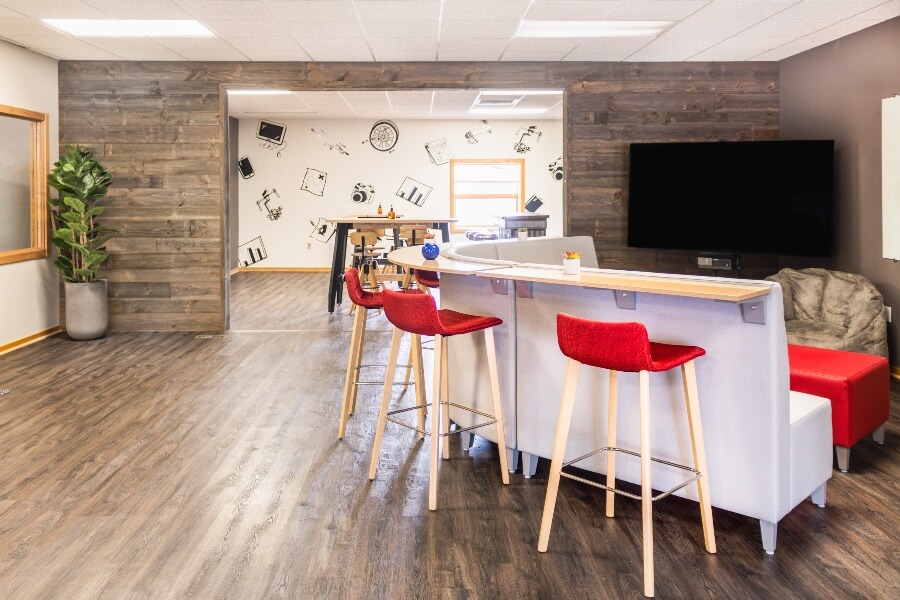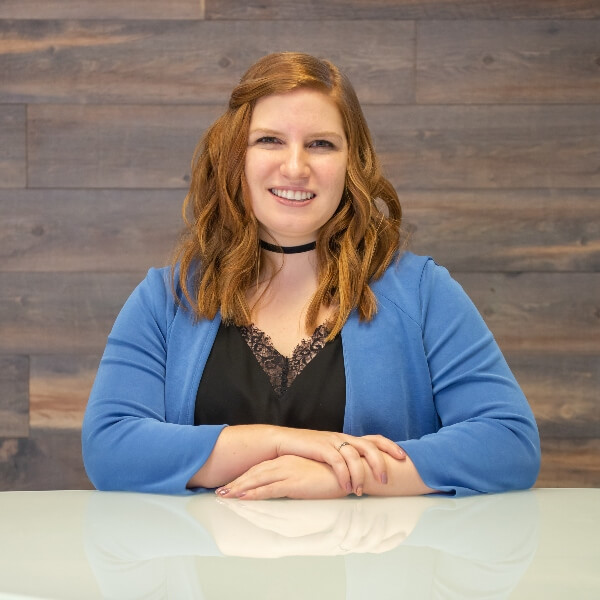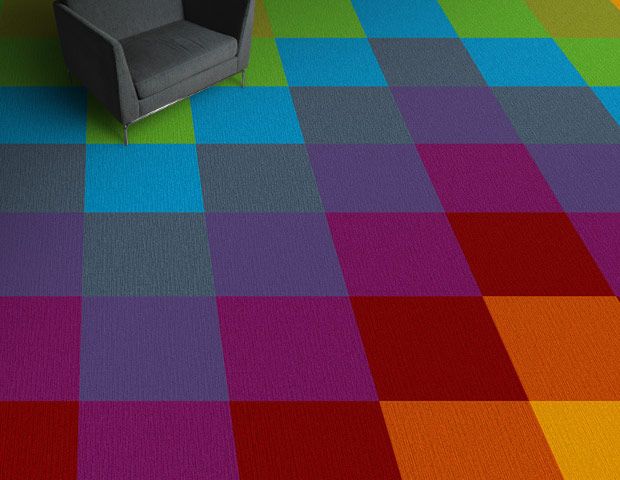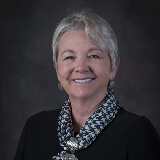SOLV Marketing is a Midland, Michigan creative agency offering social media marketing, video and photography, content writing, and brand identity services.
Problems:
Often, our workplace design projects require us to start from scratch with a blank slate. But SOLV — being the creative geniuses they are — had already begun renovations on their office space. They installed the wood floor and wall paneling, the decal wallpaper, and the impressive chalkboard.
But they found themselves trapped in a time-suck of searching for the perfect furniture and accessories. That’s when they called us at SPACE in for support and decision-making!
Challenges:
The SOLV team gave us specific direction on their vision. They wanted a steampunk theme: a retrofuturistic subgenre of science fiction that incorporates technology from 19th century steam-powered machinery. (We had to Google that!)
Their clear — if a bit complicated — theme meant they hadn’t found the right furniture solution. The team also wasn’t sure if they were going to stay in their leased building, so they requested a somewhat flexible design solution, just in case.
Finally, the building’s original wood trim is a much lighter tone than the color selected for the new flooring and wall paneling.
Working with the existing elements in their space, our team searched high and wide for the right furniture solution. We landed on Arcadia Contract’s Worksmith brand. This modern furniture style is functional, flexible, and ties in the lighter wood trim.
Taking SOLV’s stylistic lead with the steampunk theme, we selected a handful of fun, bold, humorous accessories. These included a globe, giant dice, a funky blue coat hanger, and a small wheeled cart.
We’re proud of the way we stepped into this challenge, creating collaborative spaces and a laid back, enjoyable space for the SOLV Marketing team. We can work with you on any workplace design project — no matter what stage you’re in!































 In the construction and design world, everyone knows the main phases of a typical project: Pre-Design, Design, Procurement, Construction, Post-Construction.
In the construction and design world, everyone knows the main phases of a typical project: Pre-Design, Design, Procurement, Construction, Post-Construction.






